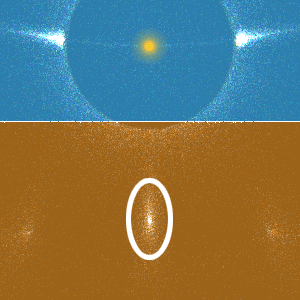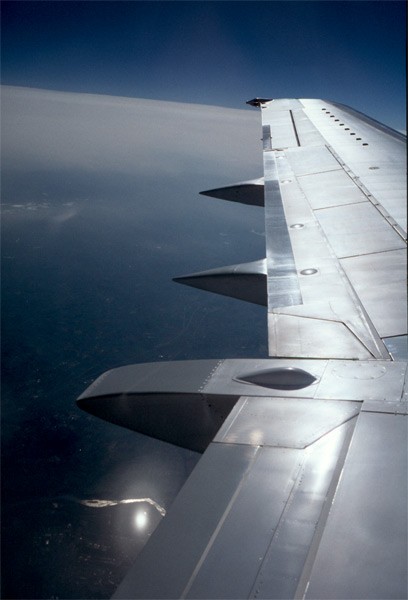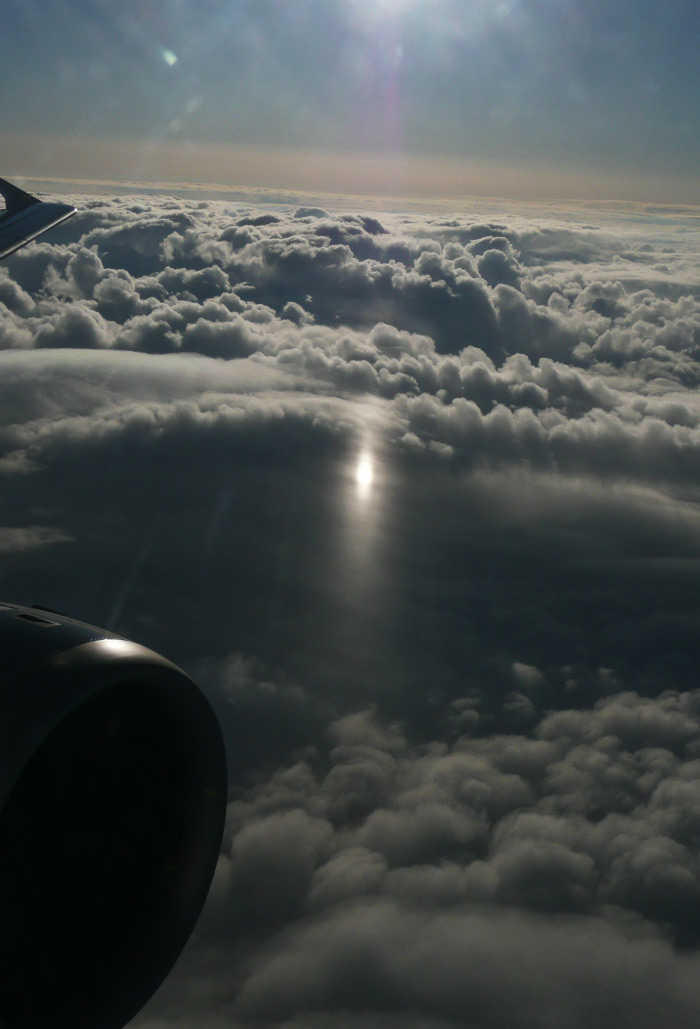Description
The origin of the Bottlinger's rings is unknown.

Crystal type:
- unknown
- unknown
- unknown
Occurrence:
- very rare
Origin
Bottlinger's rings, alongside the elliptical halos with which they seem to be related, remain an open problem in halo theory to this day. Diffraction is not a valid explanation, as the rings would otherwise have to appear colored ([1] p. 104). An older explanatory model assumes reflection on pendulum-like or spinning crystals during their fall. The resulting different inclinations of the surface deform the ideal sun mirror image, i.e., the subsundog, into a ring [2]. In the late 1990s, plate crystals with very flat pyramid-like tops were postulated as the cause ([3] pp. 125ff, [4]). Simulations for various internal and external reflections yield sufficiently plausible results when compared with photos. However, it is still unclear how the extremely flat pyramid angle could arise from the crystallization properties of ice (unlike the flank angle of the pyramidal halos). So far, it is treated as a free parameter, varied until the best possible match with observations is achieved. It may be more complicated crystal forms, e.g., six-pointed stars with a thickened central area.
References:
[1] R. Greenler, "Rainbows, Halos, and Glories", Cambridge University Press, 1980
[2] D.K. Lynch, S.D. Gedzelman, and A.B. Fraser, Appl. Opt. 33, 4580 (1994)
[3] M. Riikonen, "Halos", Tähtitieteellinen yhdistys Ursa, 2011
[4] M. Sillanpää et al., Appl. Opt. 38, 5089 (1999)
[2] D.K. Lynch, S.D. Gedzelman, and A.B. Fraser, Appl. Opt. 33, 4580 (1994)
[3] M. Riikonen, "Halos", Tähtitieteellinen yhdistys Ursa, 2011
[4] M. Sillanpää et al., Appl. Opt. 38, 5089 (1999)

